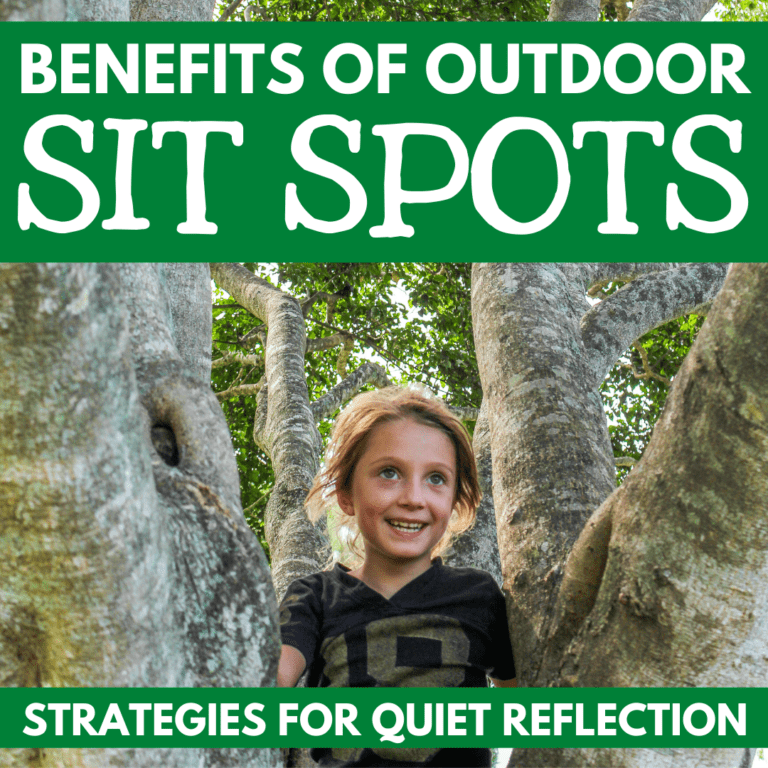One Pagers: What are they?
By MARISSA DESPINS Updated March 04, 2024
What is a One Pager?
Today, I’m excited to dive into a valuable review tool that has the potential to enhance learning across all subject areas: One Pagers! This versatile tool empowers your students to showcase their understanding and knowledge in a visually compelling manner. Whether it’s history, science, literature, or any other subject, One Pagers offer a creative outlet for students to synthesize their learning and convey complex ideas effectively. Let’s explore how incorporating One Pagers into your teaching repertoire can bring a fresh and engaging dimension to your classroom.
Looking for some print and go One Pager resources that you can use right away with your learners? Click on the image or button below to see all of the One Pager resources available in my TPT shop!
What is a One Pager and how can I use them in my classroom?
One Pagers consist of pages packed with images and text. They enable students to extract essential points from their learning and emphasize them on a single sheet of paper.
Although One Pagers might appear simple, they wield remarkable power. Choosing and recording information alongside images aids in retaining knowledge. Blending visuals with text engages both verbal and visual cognitive processes, yielding potent outcomes. In essence, combining language and imagery enables students to enhance memory and retention.
What kind of information should my students include on their One Pagers?
On a One Pager, students may choose to select key facts, images, quotes, ideas, and more. They provide great opportunities for students to visualize what they read, and present it in pictorial form. Alternately, students may choose to include text to text, text to self, or text to world connections that they have made.
What if my students struggle with artistic expression or creativity?
One Pagers cater to all students, not just those artistically inclined. If students find it challenging to visually express their ideas, offering templates can be incredibly beneficial. Templates offer a starting point, making the process less daunting than facing a blank page. Consequently, templates alleviate the overwhelm experienced by students who struggle with creative expression.
How do I structure a One Pager activity?
One Pagers are incredible versatile teaching tools, and can be used in a multitude of different ways.
Independent Research with teacher provided materials
You may choose to have the kids read a variety books or reading passages on a particular subject, and then complete a One Pager on that topic. Students independently research using materials provided by you, and complete a One Pager to demonstrate their learning.
Independent research with student provided materials
Alternately, you can provide students with a template or blank sheet of paper, give them a topic, and have them do their own research in a textbook or online. Students create a One Pager on your provided topic using information they have gathered independently, from sources of their own choosing.
Collaborative Posters
You could put your students into small groups, and have them each complete a different section of the One Pager. Students can then present their work to the class. This is a great way to have your students researching together and working collaboratively.
End of unit Review
You could give students a blank sheet of paper or a template at the end of a unit, and have them demonstrate what they have learned. This works great to review key topics learned over the course of an entire unit.
These pages can really be used in a ton of different ways, and are a great tool to add to your teacher tool box. What are some of the creative ways you have used One Pagers in your classroom? Let me know in the comment section – I would love to learn from you!
The best part of a One Pager? They are really fun to make and offer great opportunities for creative expression; you and your students will be amazed by how much learning can fit on a single sheet of paper. They make great Interactive Notebook additions. If you blow the pages up to a larger sheet of paper, they make great classroom displays!
What are the steps to create a one pager?
- Define the Objective: Clearly identify what you want the one-pager to achieve. Is it to assess understanding of a specific topic or text? Encourage creativity and critical thinking? Provide a basis for class discussion?
- Choose the Topic or Text: Decide on the specific topic, text, or concept that students will focus on for their one-pager. Ensure it’s broad enough to allow for creative expression but focused enough to achieve the learning objectives.
- Create Detailed Instructions: Draft clear, detailed instructions for the assignment. Specify what elements must be included (e.g., key concepts, quotes, questions, visuals), any particular themes or questions to address, and format or layout preferences. Check out the One Pager projects in my TPT shop if you want to skip this part!
- Set the Criteria for Assessment: Develop a rubric or set of criteria that you will use to assess the one-pagers. Criteria might include understanding of the topic, creativity, organization, clarity of communication, and adherence to assignment instructions.
- Introduce the Assignment: Present the assignment to your class. Explain the purpose of the one-pager, the process for creating it, and how it will be assessed. Clarify any questions students might have.
- Provide Examples: If possible, show examples of one-pagers (either from previous students with permission or created by you) to give students a clear idea of expectations and inspire their creativity.
- Schedule Check-ins or Draft Reviews: Depending on the complexity of the assignment and the age of your students, you might schedule individual or group check-ins to monitor progress, provide feedback, and answer questions.
- Give Time for Creation: Allow ample class time or homework time for students to work on their one-pagers. Ensure they have access to necessary resources, such as research materials, art supplies, or digital tools.
- Facilitate a Sharing Session: After submission, organize a class session where students can share their one-pagers with peers. This can be done through a gallery walk, small group discussions, or short presentations. It’s a great way for students to learn from each other and for you to assess understanding collectively.
- Provide Feedback and Assess: Offer constructive feedback to each student based on the assessment criteria. Highlight strengths and areas for improvement. This feedback is crucial for their learning and growth.
- Reflect on the Assignment: After the assignment is completed and feedback is given, take some time to reflect on the process. Consider what worked well and what could be improved for next time. Soliciting student feedback on the assignment can also provide valuable insights for future planning.
One Pager Examples
One Pagers help students understand and summarize information creatively. These projects should contain key points, visuals, quotes, and questions about a topic or text.

It’s important to show examples before starting because it helps students know what’s expected, gives them ideas, and clarifies the assignment’s goals. Examples make the task clearer and encourage creativity, making it easier for students to get started and do well.

I hope this post inspires you to try them out with your learners! Let me know how it goes in the comment section!
Interested in trying out One Pagers with your class?
Check out some of the One Pagers available in my Teachers Pay Teachers store! Each resource contains information about One Pagers, tips for using them with your learners, and creative templates to help inspire creativity!
Interested in signing up for my email list?
If you are interested in signing up for my email list, you can do so by clicking on the link below. I periodically send out emails with free resources, teaching tips, and exclusive deals. Signing up will also give you immediate access to some of my best selling Interactive Notebook resources – foldables, graphic organizers, and other fun activities.










